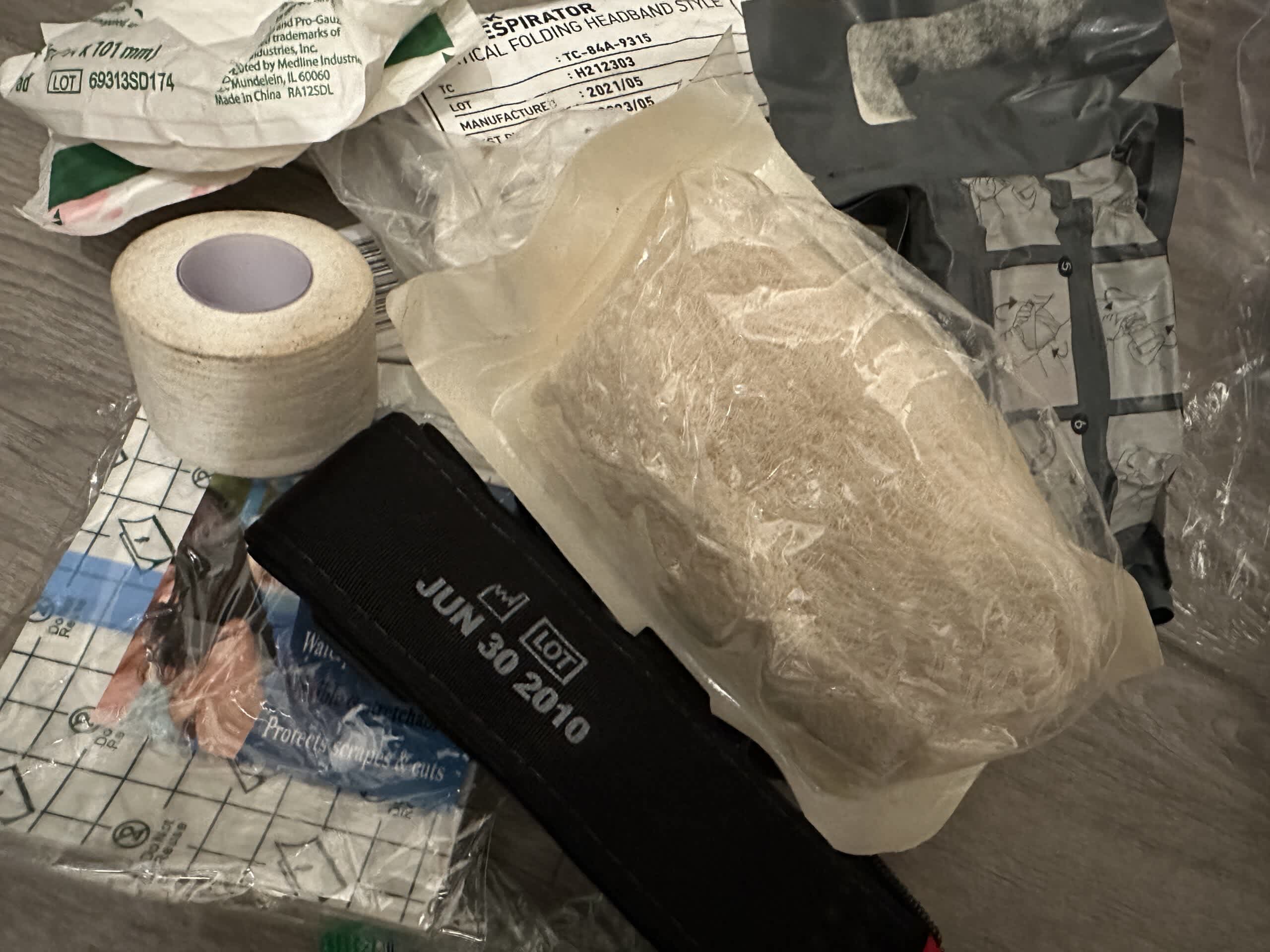Add These Medical Supplies To Your First Aid Kit
Morgan Rogue 04.18.23

I strongly urge everyone to have the proper training when it comes to all medical supplies, beginner, intermediate, advanced or otherwise.
Medical training is probably the skill that most people absolutely forget about but could be the skill that ends up saving your life. From the basics of how to disinfect a cut, to more advanced skills like suturing your own wounds.
I’d like to go over a few medical supplies that are on the more advanced side of medical training, but I feel are an absolute must-have for any kit.
However, when you purchase these, make sure you know how to use each one of these. Having them sit on a shelf so you can use it one day, but have no idea how ot actually use it for when that ‘one day’ comes, makes it about as good as a paper weight.
Get the supplies AND the training.
Here are some of the best medical supplies you should add to your first aid kit:

Staples –
I think staples and the staples remover, is one of the easiest ways for absolutely anyone to close a larger wound without having to learn to suture. Of course, this is for emergency situation, But they’re easy to use and easy to remove.
QuikClot –
Stop the bleed fast with QuikClot! This is actually a piece of gauze that contains a mineral that helps accelerate your body’s ability to clot blood. This make is really easy for just about anyone to use.
You definitely need training with a chest seal to know when and how to use it. Take a Stop The Bleed class or look up instructions on how to use it.

This is something everyone needs to know how to use, but very, very, very few do. Have one everywhere; in every emergency kit, vehicle, every spot in the home, your purse, etc. Have them everywhere and know how to use them. Get a tourniquet just for training with.
If you’d like to get more advanced and learn how to suture, there are some great kits out there. Get an orange, a pigs feet or even a chicken breast and learn to suture! Many kits (like the one I linked to) also come with a suture pad to practice on.
While knowing the Heimlich is great, this device can truly save lives, especially with children where the Heimlich can be more difficult to perform. Read the directions to know how and when to use it properly, and always have it in an easily accessible place. You may even want one for your vehicle and your home.
Finger splints and toe splints –
I busted my toe up real bad the other day (didn’t break it, but boy it felt like I had) and realized I didn’t have any toe splints! Finger and toe splints make the healing process a lot easier and quicker. I felt a million times better with the toe splint on and I was able to heal properly while still being able to walk fairly normally. General splints are also a good thing to have.
Not at all difficult to use but often don’t automatically come in many first aid kits. These are great for smaller wounds that can be easily closed yourself.

Having an emergency supply of antibiotics on hand, as well as knowing when and how to use it, is so incredibly important. I get all of my emergency antibiotics from Jase Medical and the best part is? It comes with a pamphlet to tell you how and when to use for a specific ailment!
Many of these will need some additional training, so take it one supply at a time. Get the supply and really dedicate some time to learning it and getting to know how and when to use it.

